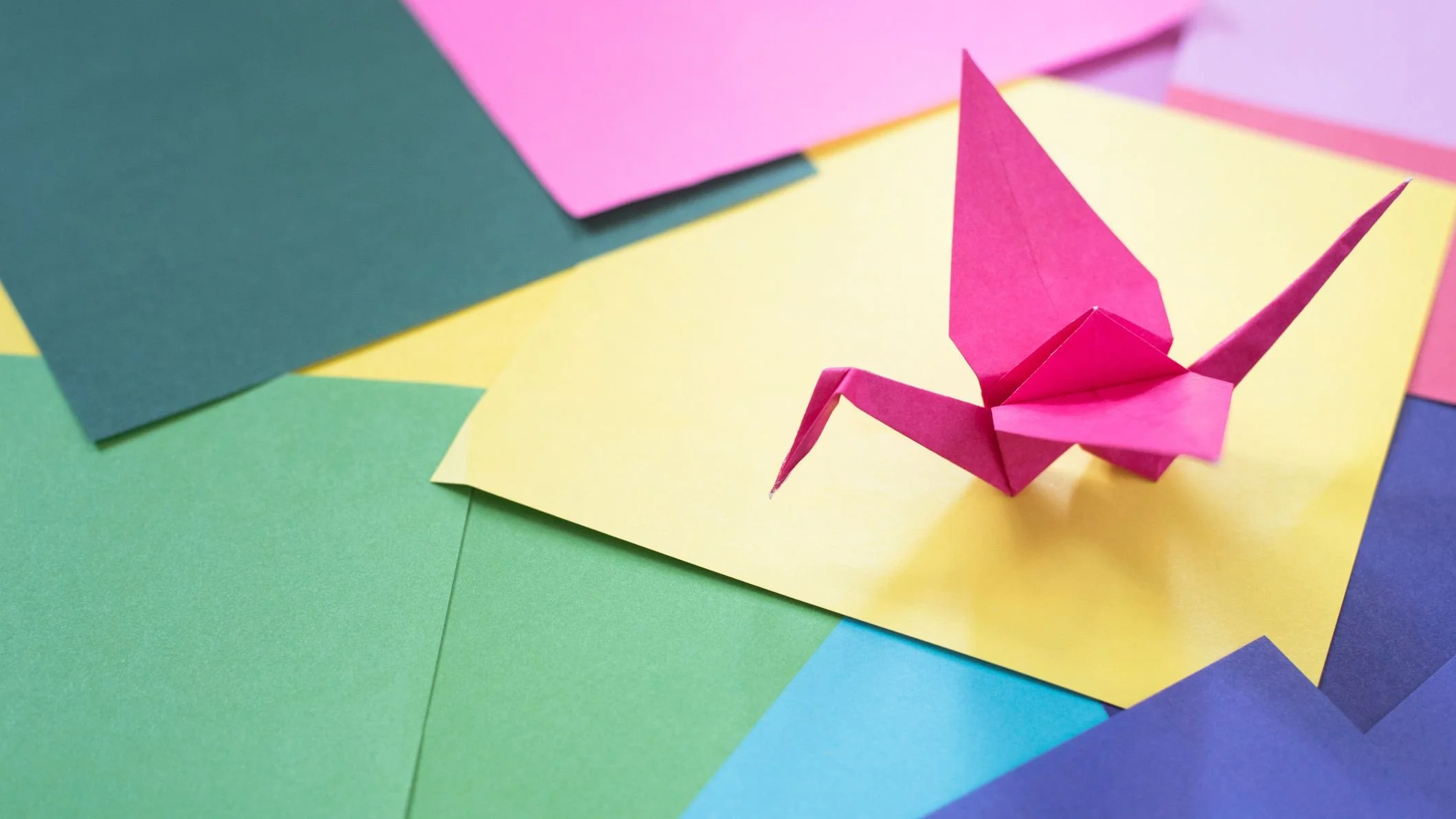Magnets seem magical, but we don't have to be wizards to use them. Read about tips, suggestions, and practical advice on how to include and use magnets in your next design project for some amazing results.
All in Prototyping
Beyond Paper: How to Make Origami Out of Thick Materials
Many people either know about origami, have seen others fold origami, or have folded it themselves, but very few people can translate origami crease patterns into 3D objects and designs. That skill is necessary to take origami from a hobby to an engineering tool. I want to push your origami knowledge and exposure just a little deeper and go beyond the paper pattern. Specifically, after reading this article, you’ll be able to make an origami tessellation pattern out of materials thicker than paper.
Pocket Prototyping
In engineering we frequently have questions to which we’d like practical answers to keep us moving forward. If a simple prototype will do, don’t forget to look in your pocket, your home, your lab, your hobbies, or just down the street.
Why Designers Make Prototypes
Have you been asked to make a prototype, or feel like you should be doing more prototyping, but you’re not quite sure why, or not quite sure how to get the most out of prototyping? This article presents 4 reasons designers make prototypes. Understanding these reasons and mapping them onto your project will unlock the power of prototypes and speed up your development efforts.
A Spoonful of Paper Helps the Prototype Go Down
I’ve come to learn is that the prototyping stage can (and should) belong at the very beginning of the design process. This article will focus on the role that early prototyping – specifically paper prototyping – can play in developing strong designs.
Origami Design: A Fuzzy Boundary Between Art and Science
Origami is an ancient Japanese art form which had its roots over a thousand years ago in ancient Japan. Only in the last century’s intellectual revolution has it transformed into a more scientific and fully developed art form. We can see origami under scrutiny as an art form, and as a scientific and mathematical method of design. In any design, it is important to see from both angles.
The Risky Business of Design
If skateboard legend Tony Hawk were a design engineer, what do you think his design process would be? We suspect he would not settle for the obvious. Choosing a final concept during the design process can be challenging and risky. Teams generate many ideas during the concept development phase, and it can be difficult to select the best one. On rare occasions, choosing two concepts and taking them further into the design process at the same time is better than just choosing one.
3D Printer Filaments: Definitions, Applications, and Tips
Filament is the heart of Fused Deposition Modeling (FDM) 3D printing. The filament is fed into the extruder, heated, and deposited in specific locations layer by layer, eventually giving rise to a functional part that could be used for anything from validating a new design to repairing a Tesla.
Taking Your 3D Prints to the Next Layer
Break free of your default settings to beat the blob with this 3D Printing walkthrough.








